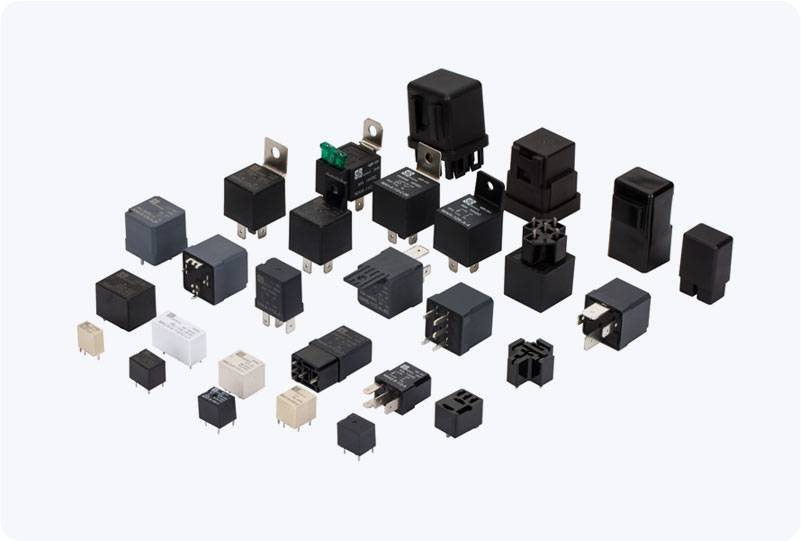In the world of smart home automation, seamless connectivity is the cornerstone of an enhanced user experience. As technology continues to advance, the interoperability of various smart devices becomes more crucial. One of the most prominent developments in this area is the Matter Certified Zigbee Relay, a key player in ensuring that different smart home systems can work together smoothly. This article explores the significance of this device, its role in smart home ecosystems, and how it enhances the overall user experience.

What is a Zigbee Relay? A Zigbee Relay is a device that helps extend the range and functionality of a Zigbee network. Zigbee, a popular wireless communication protocol for smart home devices, operates on the IEEE 802.15.4 standard and is known for its low-power, low-data-rate capabilities. It is widely used in home automation products, such as smart lights, thermostats, and sensors, due to its reliability and energy efficiency. The primary role of a Zigbee Relay is to act as a signal repeater. In a large smart home setup, devices may be located far from the central hub or gateway, causing communication issues. A Zigbee Relay helps to resolve this problem by relaying data between devices and the central hub, ensuring that messages are passed along accurately and efficiently. By repeating signals, it extends the effective range of a Zigbee network, thus improving coverage and ensuring that devices function correctly even in larger homes or buildings.